Home>Interior Design>How To Choose A Bathtub: An Expert, 7-step Guide
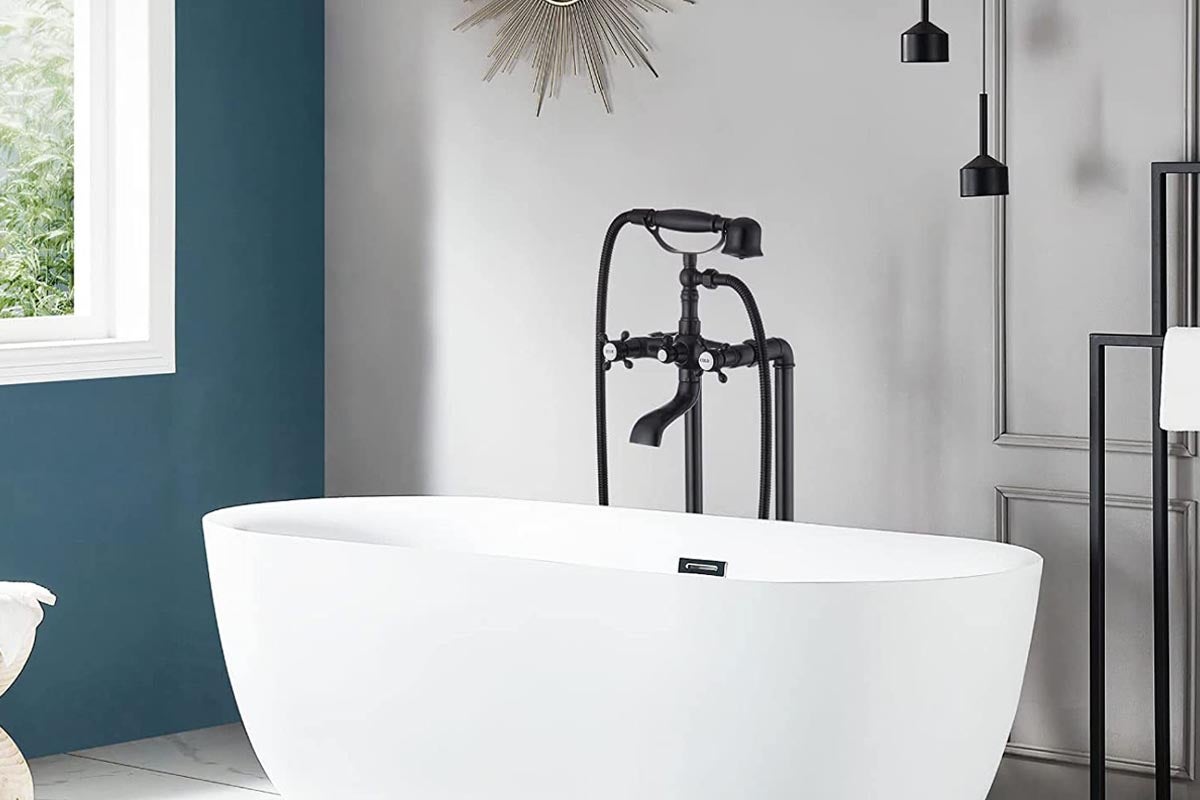

Interior Design
How To Choose A Bathtub: An Expert, 7-step Guide
Modified: April 22, 2024
Learn how to choose the perfect bathtub for your interior design project with this expert, 7-step guide. Transform your space into a sanctuary.
(Many of the links in this article redirect to a specific reviewed product. Your purchase of these products through affiliate links helps to generate commission for Storables.com, at no extra cost. Learn more)
Introduction
Choosing a bathtub for your bathroom may seem like a simple task, but with the wide variety of options available in the market, it can quickly become overwhelming. A bathtub is not just a functional fixture in your bathroom; it is also a statement piece that adds style and elegance to your space. Whether you are designing a new bathroom or renovating an existing one, selecting the right bathtub is essential for creating a relaxing and luxurious bathing experience.
In this expert guide, we will walk you through the process of choosing the perfect bathtub for your needs. We will cover various factors that you should consider, such as bathroom space, bathing needs, bathtub materials, types of bathtubs, additional features and accessories, budget considerations, and seeking expert advice. By following this comprehensive 7-step guide, you will have the knowledge and confidence to make an informed decision and select a bathtub that fits seamlessly into your bathroom’s design and meets your desired functionality.
So, let’s dive into the details and embark on the journey of finding the ideal bathtub for your home!
Key Takeaways:
- Create a luxurious bathing experience by considering your space, bathing needs, materials, and additional features when choosing the perfect bathtub for your bathroom.
- Seek expert advice, read reviews, and set a realistic budget to confidently select a bathtub that balances functionality, aesthetics, and personal preferences for a long-lasting, enjoyable bathing experience.
Step 1: Consider your bathroom space
Before you start exploring different bathtub options, it is important to assess the available space in your bathroom. Consider the dimensions, layout, and overall design aesthetic of the room. Take accurate measurements of the floor area, as well as the length, width, and height of the space where you plan to install the bathtub.
Next, think about the placement of other bathroom fixtures, such as the toilet, vanity, and shower. Make sure there is enough clearance around the bathtub area for comfortable access and movement. Consider factors like door openings, windows, and any architectural features that may affect the positioning of the bathtub.
Additionally, consider the style and theme of your bathroom. If you have a small bathroom, a freestanding bathtub may not be the best option as it can take up a lot of space. In this case, a compact corner bathtub or a built-in alcove bathtub may be more suitable. On the other hand, if you have a large, spacious bathroom, you have the freedom to explore different designs and sizes.
By taking into account the available space and the overall layout of your bathroom, you can narrow down your bathtub options and ensure that you choose a size and style that perfectly complements your space.
Step 2: Determine your bathing needs
Everyone has different bathing preferences and requirements, so it’s essential to consider your specific needs when choosing a bathtub. Ask yourself the following questions to help determine your bathing needs:
- Do you prefer quick showers or long, leisurely baths?
- Do you have children or elderly family members who may require a bathtub with safety features?
- Are you looking for a bathtub primarily for relaxation, therapeutic purposes, or both?
- Do you have any physical limitations that may require specific bathtub features such as grab bars or wheelchair accessibility?
- Do you enjoy soaking in deep water or prefer a shallow, easy-to-get-in-and-out bathtub?
Based on your answers to these questions, you can narrow down the type of bathtub that will best suit your bathing needs. For example, if you enjoy long soaks and want a spa-like experience, you might consider a larger soaking tub or a whirlpool bathtub with hydrotherapy features. On the other hand, if you have limited mobility or acco is important, you may want to look into walk-in bathtubs or bathtubs with built-in seats and grab bars.
Remember, the primary purpose of a bathtub is to provide a comfortable and enjoyable bathing experience, so choose one that aligns with your specific needs and preferences.
Step 3: Choose the right bathtub material
The material of the bathtub not only affects its appearance but also its durability, maintenance requirements, and even the overall bathing experience. Here are some popular bathtub materials to consider:
- Acrylic: Acrylic bathtubs are lightweight, affordable, and available in a wide range of shapes and sizes. They retain heat well and are easy to clean. However, they may be prone to scratching and require frequent maintenance to avoid discoloration.
- Fiberglass: Fiberglass or fiberglass-reinforced plastic (FRP) bathtubs are also lightweight and cost-effective. They are durable, easy to install, and resistant to chipping and cracking. However, they may lack the luxurious feel of other materials.
- Cast Iron: Cast iron bathtubs are known for their durability and heat retention. They have an elegant and timeless look, making them a popular choice for traditional or vintage-style bathrooms. However, they are heavy and may require additional structural support. They are also more expensive than other materials.
- Porcelain-Enameled Steel: These bathtubs are made of steel coated with a layer of porcelain enamel. They are affordable, lightweight, and resistant to chipping and scratching. However, they may not retain heat as well as other materials.
- Stone: Stone bathtubs, such as marble or granite, add a luxurious and natural element to any bathroom. They are durable, heat-retentive, and have a unique aesthetic. However, they are heavy, expensive, and require regular sealing to prevent staining and water damage.
- Copper: Copper bathtubs are visually striking and have excellent heat-retention properties. They develop a beautiful patina over time, adding character to your bathroom. However, they are expensive and require regular maintenance and polishing to prevent tarnishing.
Consider the pros and cons of each material, taking into account factors such as durability, maintenance, price range, and the overall style you want to achieve. If possible, visit showrooms or home improvement stores to see and feel the different materials in person before making a decision.
Choosing the right bathtub material will ensure that your investment lasts for years to come and enhances the aesthetics of your bathroom.
Step 4: Decide on the type of bathtub
There are various types of bathtubs available, each with its own unique design and functionality. Consider the following types to find the one that best suits your bathing preferences and bathroom layout:
- Standard Bathtub: This is the most common type of bathtub, typically found in many homes. It is a rectangular or oval-shaped tub that provides a simple and versatile bathing experience. Standard bathtubs are available in different sizes, and they can be freestanding, drop-in, or alcove-style.
- Freestanding Bathtub: As the name implies, freestanding bathtubs are independent fixtures that can be placed anywhere in your bathroom. They are often a focal point and can come in various shapes like clawfoot, pedestal, or contemporary designs. Freestanding tubs offer flexibility in terms of installation and can create a luxurious and elegant look.
- Corner Bathtub: Corner bathtubs are designed to fit in the corner of your bathroom, making them a space-saving option. They come in various sizes and shapes, such as triangular or pentagonal, and can add a unique touch to your bathroom design.
- Whirlpool Bathtub: If you enjoy hydrotherapy and massage, a whirlpool bathtub might be the perfect choice. These bathtubs have built-in jets that release streams of water, creating a soothing and therapeutic experience. Whirlpool bathtubs are available in different sizes and can have various jet configurations.
- Walk-In Bathtub: Walk-in bathtubs are designed with accessibility in mind, making them ideal for individuals with mobility issues or the elderly. They have a low step-in height, a wide door for easy entry and exit, and safety features like grab bars and non-slip surfaces.
- Soaking Tub: Soaking tubs are deeper than standard bathtubs, allowing for a more immersive bathing experience. They are designed for deep relaxation, providing ample space to fully submerge and soak your body.
Consider your preferences, available space, and any specific requirements or limitations when choosing the type of bathtub. Think about the aesthetic appeal, functionality, and comfort to ensure you select the perfect type of bathtub for your needs.
When choosing a bathtub, consider the size of your bathroom, the material of the tub, the style that fits your aesthetic, and the features you desire, such as jets or soaking depth.
Read more: Step-by-Step Guide To Making A Pillowcase
Step 5: Consider additional features and accessories
When choosing a bathtub, it’s important to think beyond the basic structure and consider additional features and accessories that can enhance your bathing experience. Here are some options to consider:
- Jet Systems: If you enjoy a spa-like experience, consider a bathtub with built-in jet systems. These jets release streams of water or air, providing a soothing and therapeutic massage. Look for options like adjustable jet pressure and different massage modes.
- Built-in Lighting: Some bathtubs come with built-in lighting features, such as LED lights. These lights can create a relaxing ambiance and add a touch of luxury to your bathing experience.
- Heated Surfaces: Imagine stepping into a warm bathtub surface on a chilly day. Some bathtubs offer heated surfaces, including backrests and seats, to keep you cozy and comfortable throughout your bath.
- Air Bath: Similar to a jet system, an air bath uses air bubbles instead of water jets to create a gentle and soothing massage. This can be a great option if you prefer a softer and more subtle massaging experience.
- Chromotherapy: Chromotherapy, also known as color therapy, uses colored lights to create a relaxing and therapeutic environment. Some bathtubs feature chromotherapy systems that allow you to change the lighting colors to suit your mood.
- Accessories: Consider adding accessories to enhance your bathing experience, such as a bathtub caddy or tray to hold your book, phone, or glass of wine. You can also look for integrated shelves or storage space for conveniently storing bath products.
Think about your personal preferences and the specific features that would bring you the most enjoyment while using the bathtub. Keep in mind that additional features and accessories may increase the cost of the bathtub, so weigh the benefits against your budget.
By considering these additional features and accessories, you can create a personalized and luxurious bathing experience that meets your unique needs and preferences.
Step 6: Set your budget
Setting a budget is an essential step in selecting a bathtub that not only suits your needs but also fits within your financial capabilities. Bathtub prices can vary significantly depending on factors such as material, size, brand, and additional features. Here are some points to consider when setting your budget:
- Research Prices: Before finalizing your budget, research the prices of different types of bathtubs and materials. This will give you a general idea of the price range and help you make an informed decision.
- Consider Long-Term Costs: Keep in mind that the initial cost of the bathtub is not the only expense to consider. Factor in installation costs, any necessary plumbing adjustments, and maintenance requirements. For example, some materials may require more upkeep, which could result in higher long-term expenses.
- Prioritize: Determine your must-haves versus nice-to-have features. This will help you allocate your budget to the most important aspects of the bathtub, such as material quality or specific functionalities.
- Quality vs. Price: While it’s important to stick to your budget, try to strike a balance between quality and price. Cheaper options may not offer the same durability or aesthetic appeal as higher-end materials. Consider the lifespan and long-term value of the bathtub when making your decision.
- Explore Financing Options: If your budget is limited, explore financing options that may be available from retailers or manufacturers. This can help you afford a higher-quality bathtub that may have otherwise been out of reach.
By setting a realistic budget and understanding the price range of different bathtub options, you can narrow down your choices and find the best bathtub that meets your needs without breaking the bank.
Step 7: Seek expert advice and consider reviews
As you near the final stage of selecting a bathtub, it’s important to seek expert advice and consider reviews from both professionals and other consumers. Here’s why this step is crucial:
- Consult a Professional: Engaging with an interior designer or a bathroom remodeling professional can provide valuable insights and recommendations based on their expertise. They can help you assess your bathroom space, understand your needs, and guide you towards the best bathtub options that align with your budget and style preferences.
- Read Product Reviews: Take the time to read customer reviews, especially for the specific bathtubs you are considering. The experiences of other consumers can provide valuable information regarding factors such as quality, durability, ease of installation, and maintenance. Look for reviews from reputable sources and consider feedback on factors that matter most to you.
- Visit Showrooms: If possible, visit showrooms or home improvement stores to see and experience the bathtubs firsthand. This will allow you to assess the build quality, comfort, and overall aesthetic appeal of the bathtubs, helping you make a well-informed decision.
- Check Manufacturer’s Warranty: Pay attention to the warranty offered by the manufacturer. A comprehensive warranty can provide peace of mind regarding any potential defects or issues that may arise with the bathtub in the future.
- Ask for Recommendations: Don’t hesitate to ask friends, family, or colleagues who have recently gone through a bathroom renovation or bathtub purchase for their recommendations and experiences. Their firsthand knowledge can be incredibly valuable in your decision-making process.
By seeking expert advice and considering reviews, you can gather insights from professionals and fellow consumers, helping you make an informed choice and select a bathtub that meets your expectations in terms of quality, functionality, and overall satisfaction.
Conclusion
Choosing the perfect bathtub for your bathroom is a process that requires careful consideration. By following this comprehensive 7-step guide, you can make an informed decision that meets your specific needs, budget, and style preferences.
Start by considering your bathroom space and layout to determine the size and type of bathtub that will fit seamlessly. Next, evaluate your bathing needs and preferences, whether you seek relaxation, therapeutic benefits, or accessibility features.
Choosing the right bathtub material is crucial, as it affects not only the appearance but also the durability and maintenance requirements. Consider materials such as acrylic, fiberglass, cast iron, porcelain-enameled steel, stone, or copper, keeping in mind their pros and cons.
The type of bathtub you select will depend on personal preferences, available space, and the overall aesthetic you want to achieve. From standard bathtubs to freestanding, corner, whirlpool, walk-in, and soaking tubs, each type offers unique features and benefits.
Don’t forget to explore additional features and accessories that can enhance your bathing experience, such as built-in jets, lighting, heated surfaces, and chromotherapy. Consider your budget and prioritize the features that matter most to you.
Seeking expert advice from professionals and reading customer reviews provides valuable insights and ensures that you make an informed decision. Visit showrooms, ask for recommendations, and consider the manufacturer’s warranty to further validate your choice.
In conclusion, selecting the right bathtub requires a balance between functionality, aesthetics, and personal preferences. By following these steps, you can confidently choose a bathtub that not only enhances your bathroom but also provides a luxurious and enjoyable bathing experience for years to come.
Frequently Asked Questions about How To Choose A Bathtub: An Expert, 7-step Guide
Was this page helpful?
At Storables.com, we guarantee accurate and reliable information. Our content, validated by Expert Board Contributors, is crafted following stringent Editorial Policies. We're committed to providing you with well-researched, expert-backed insights for all your informational needs.
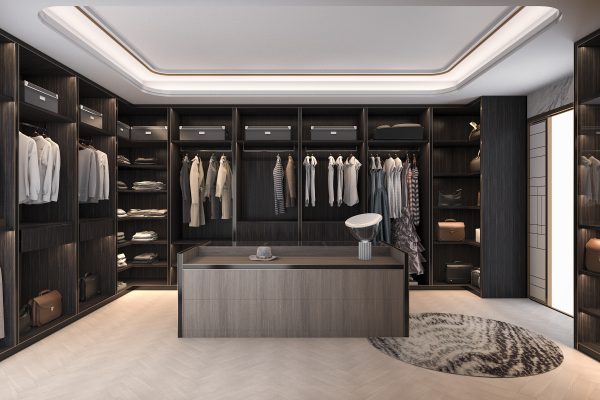
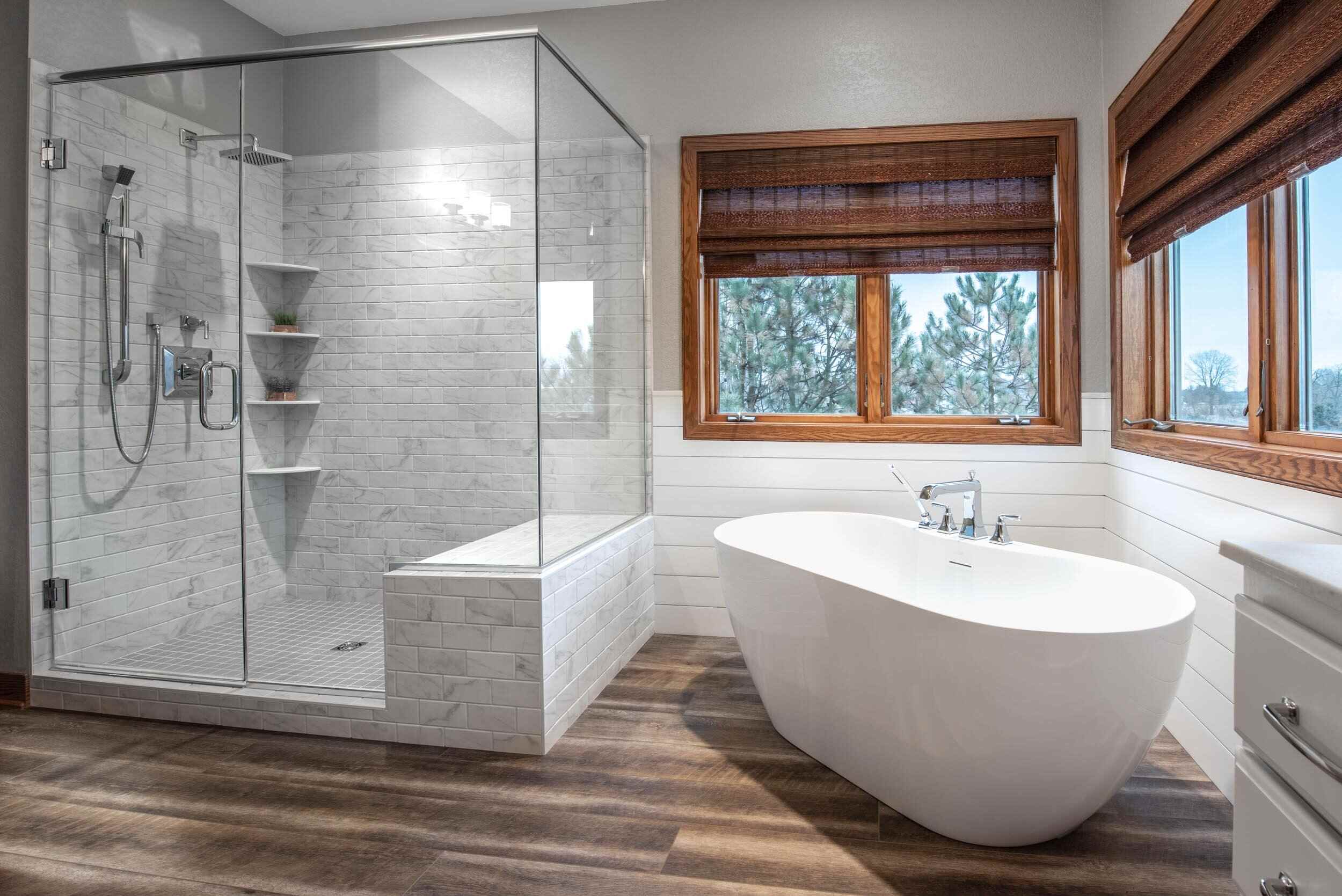
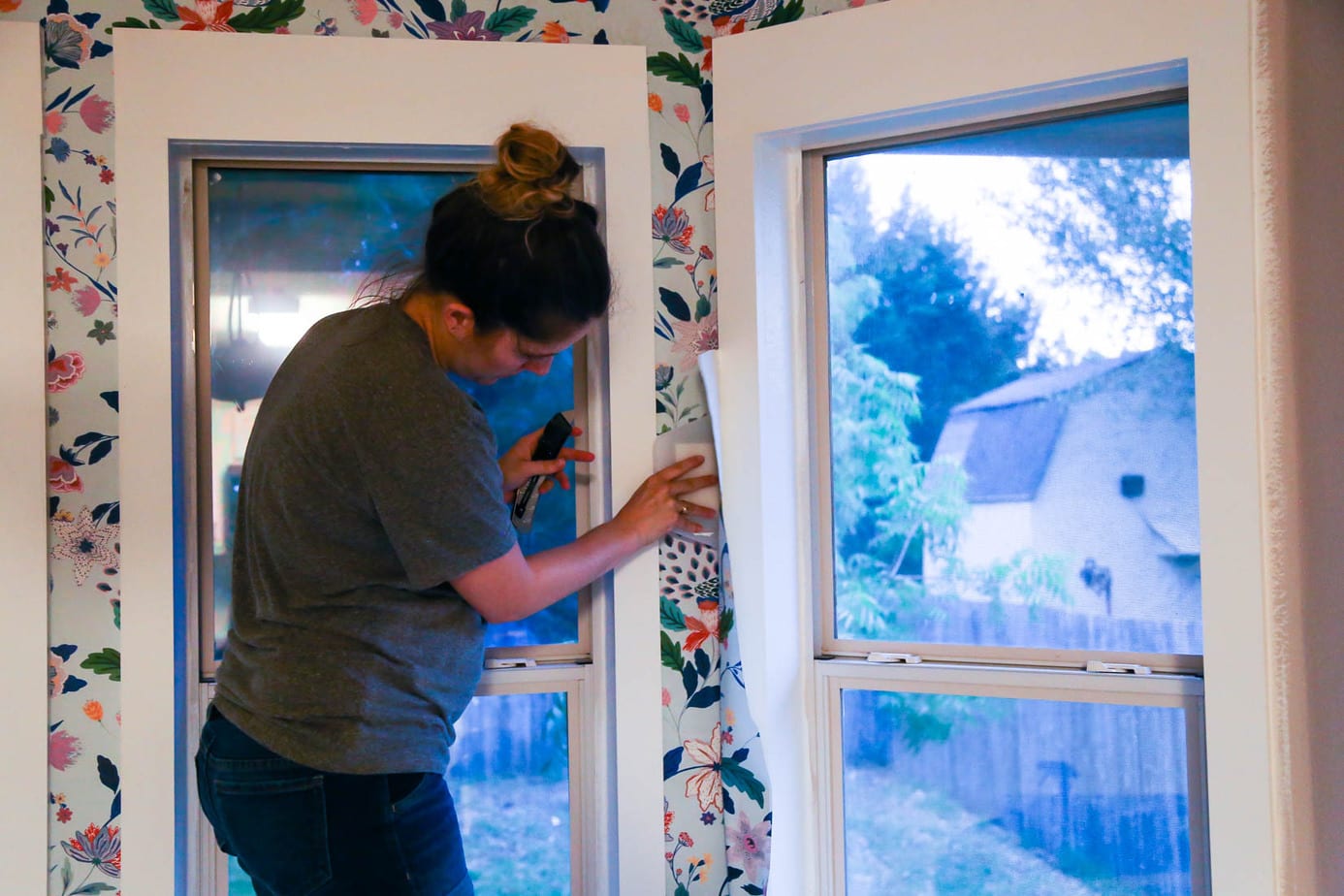
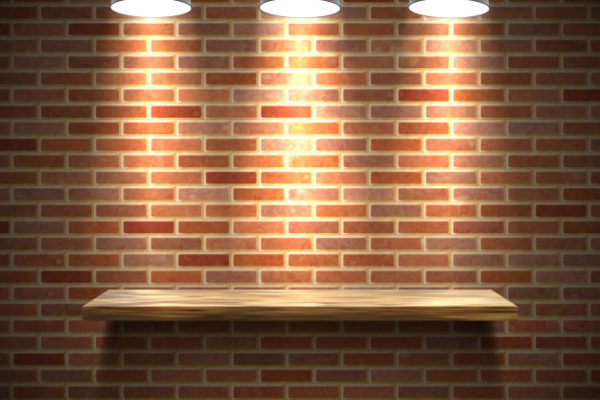
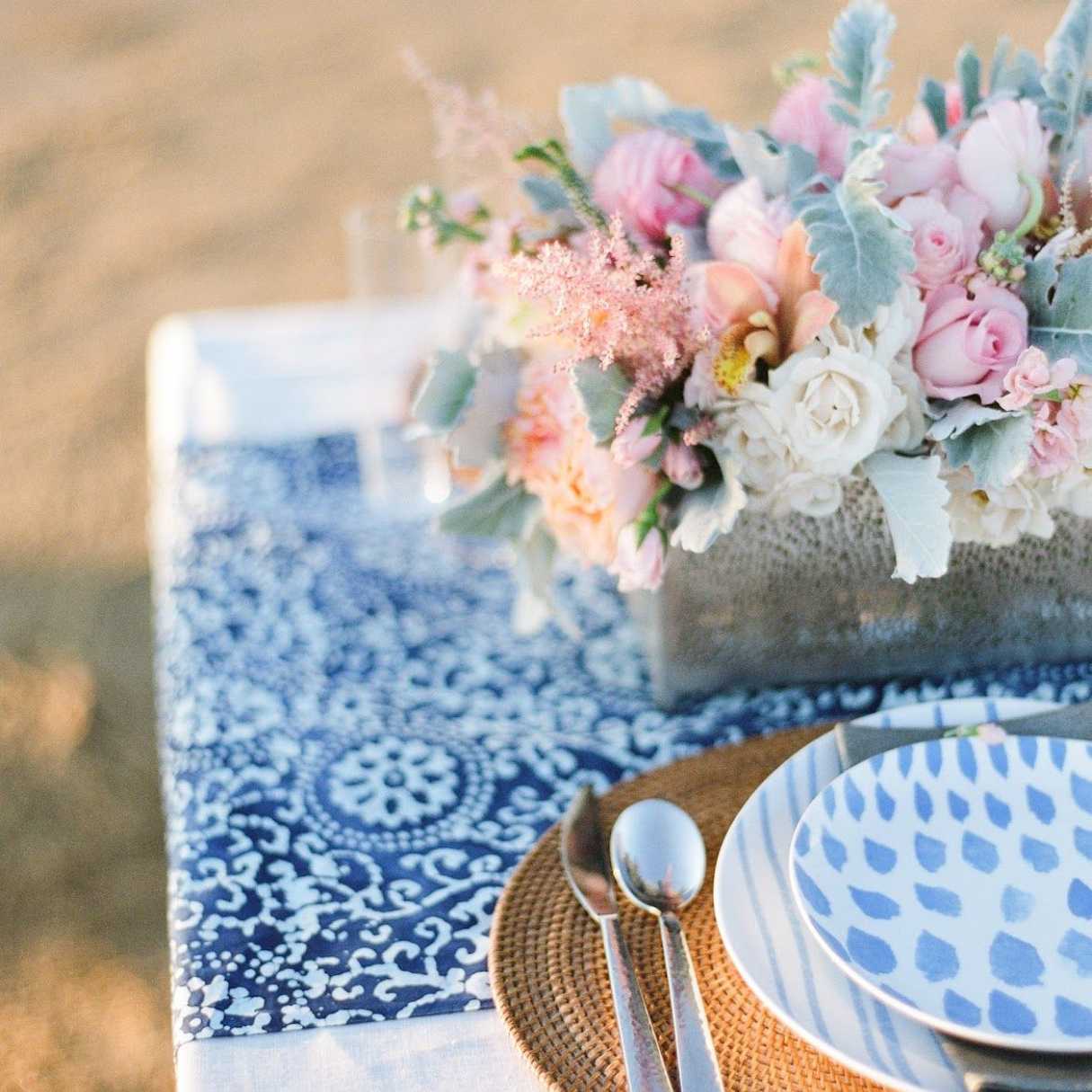
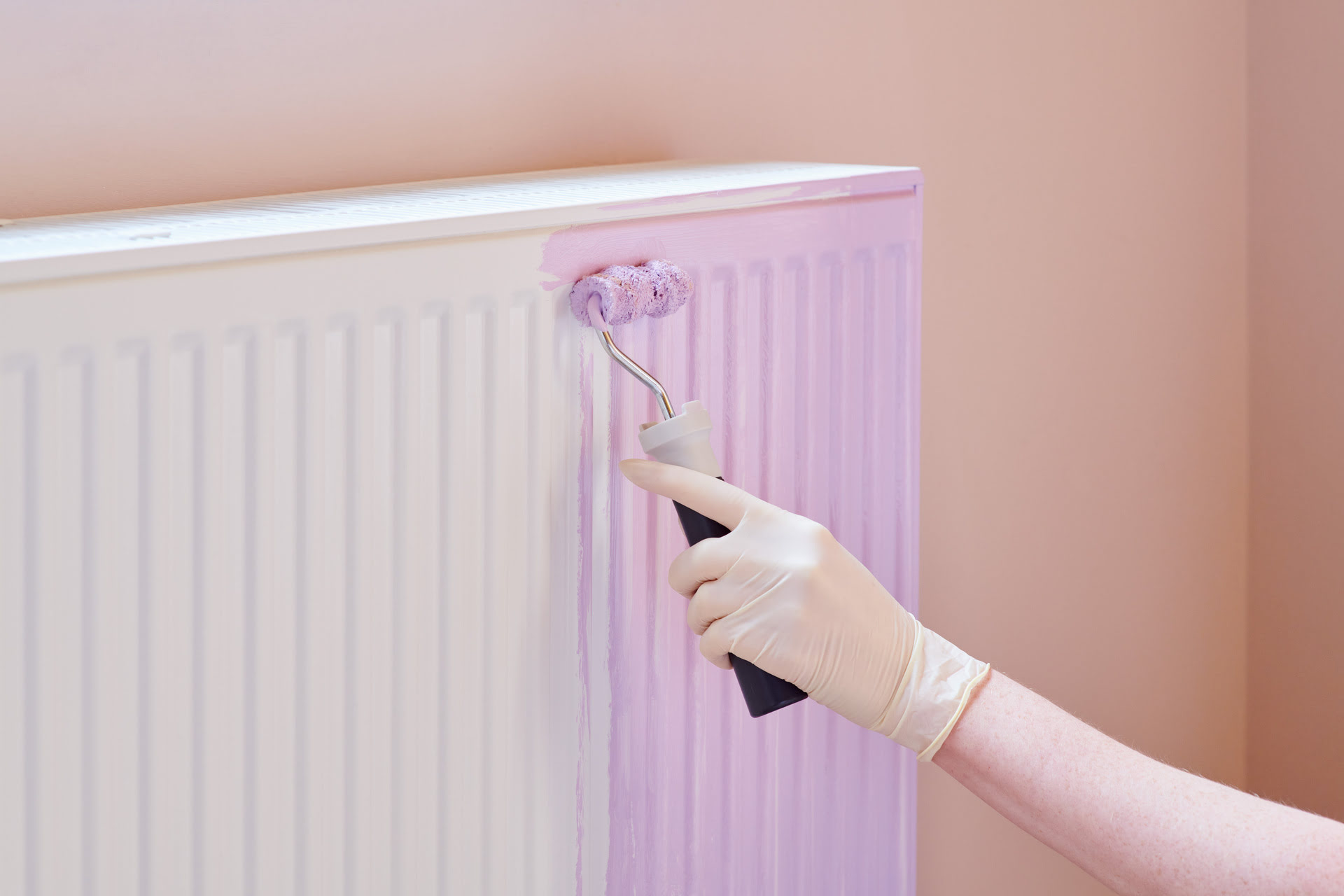

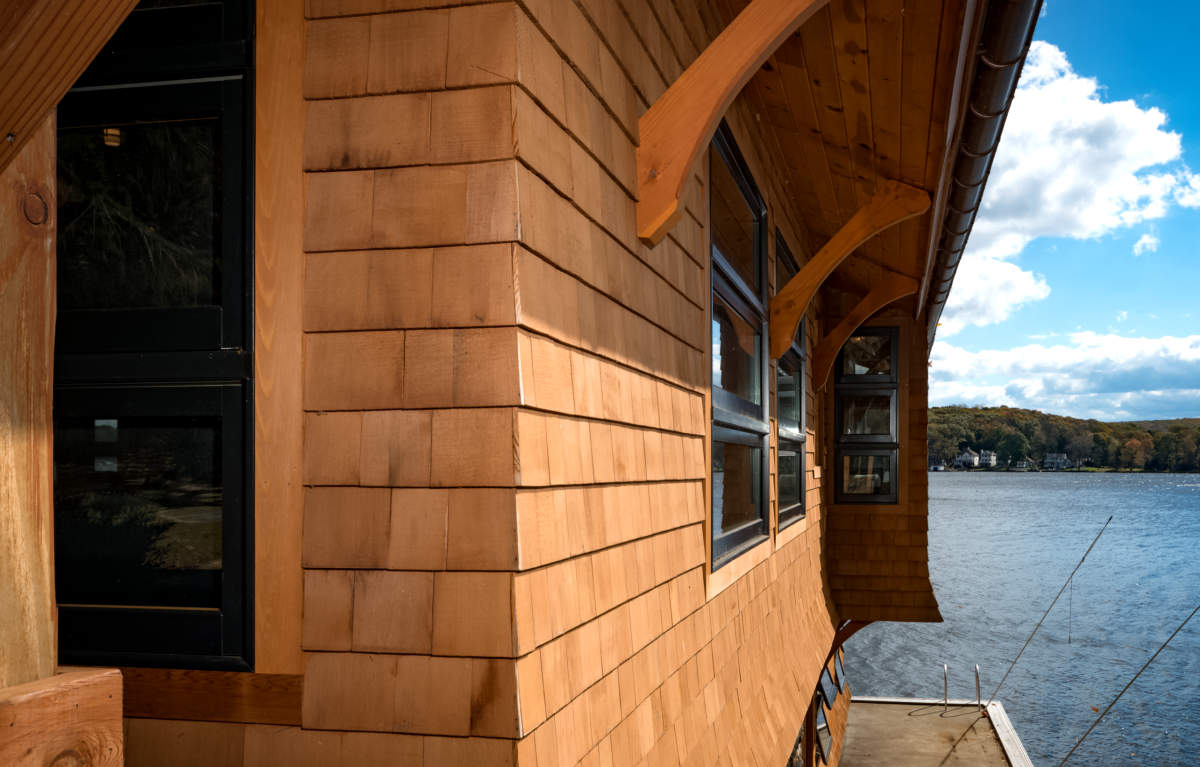
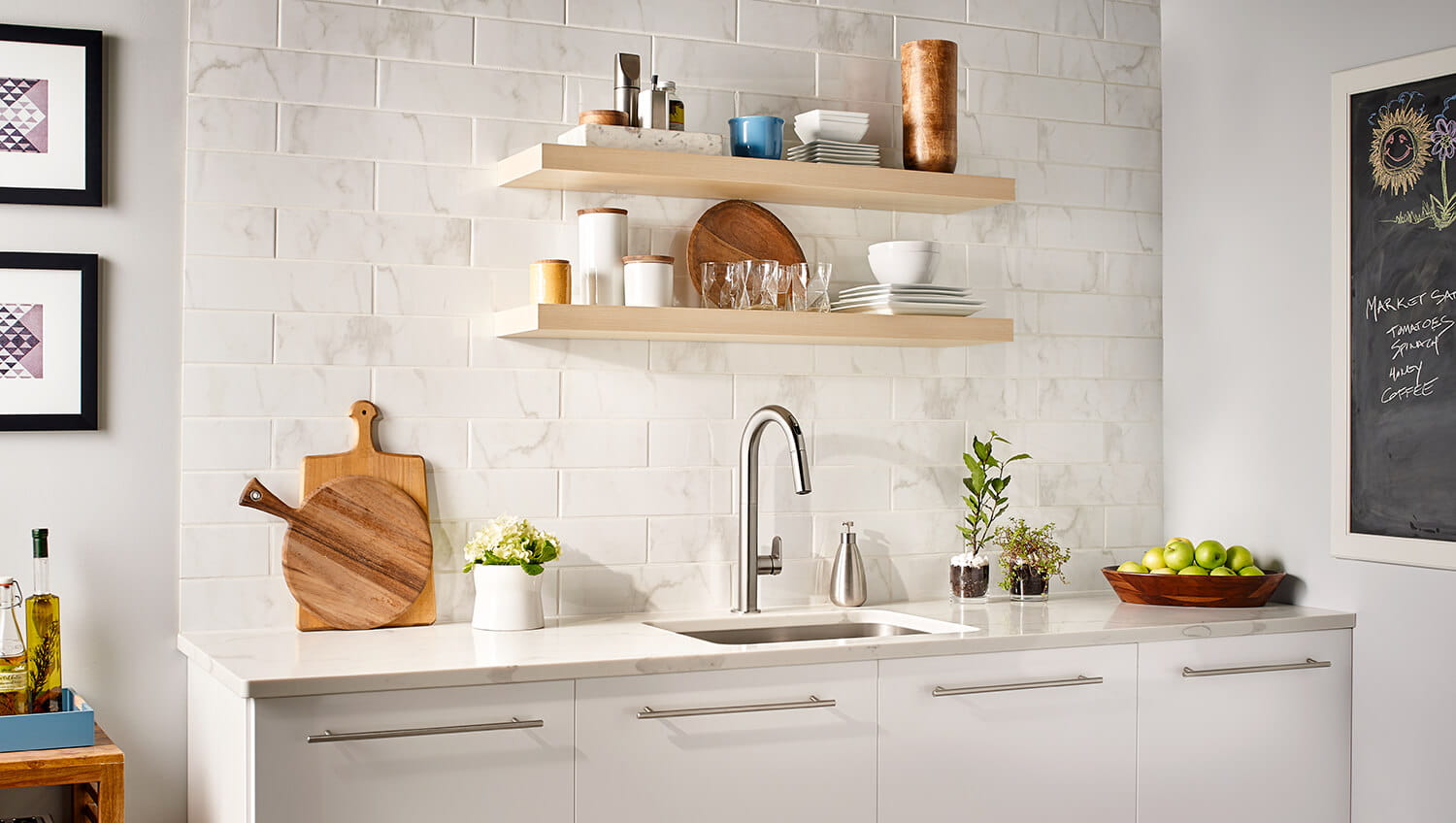
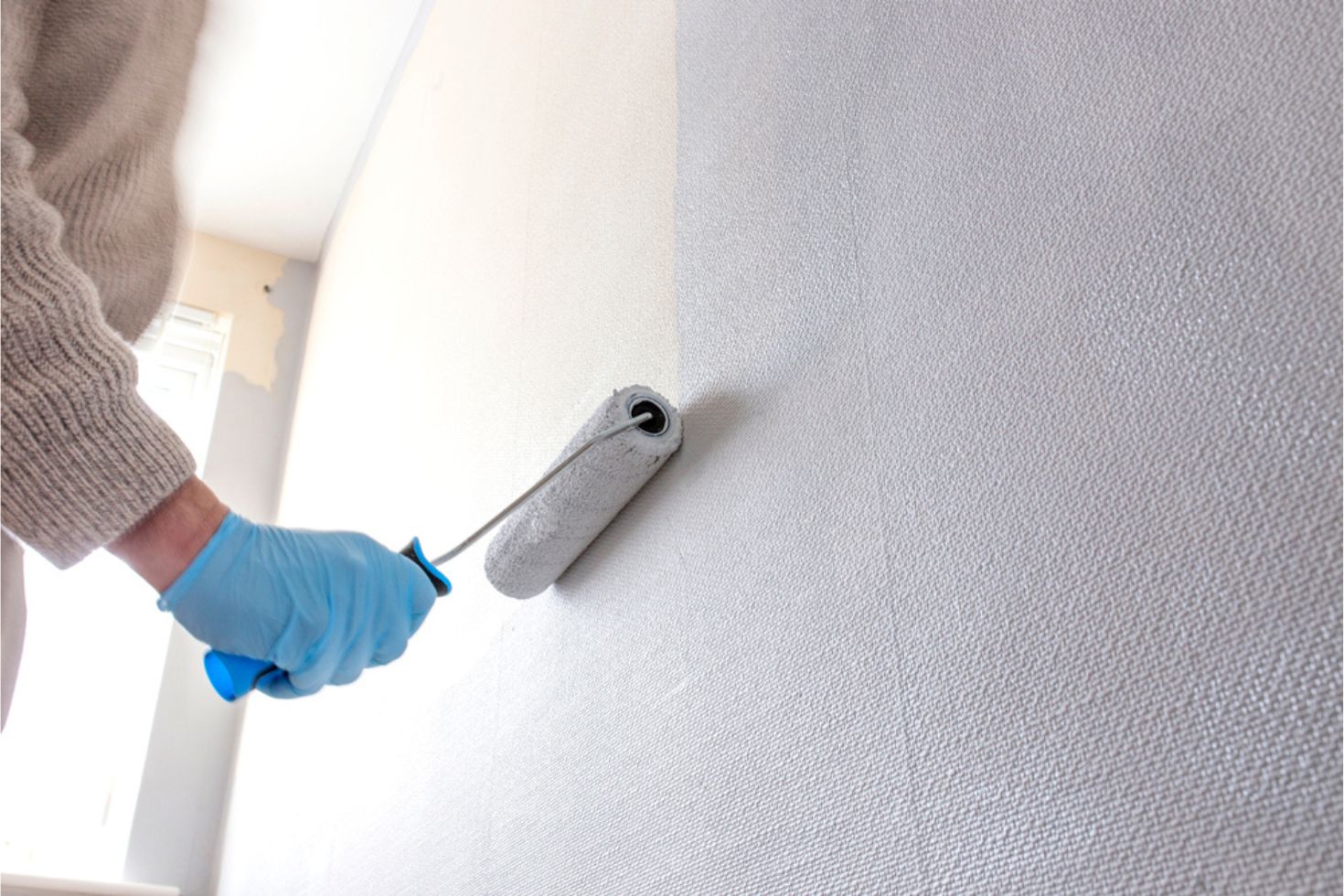

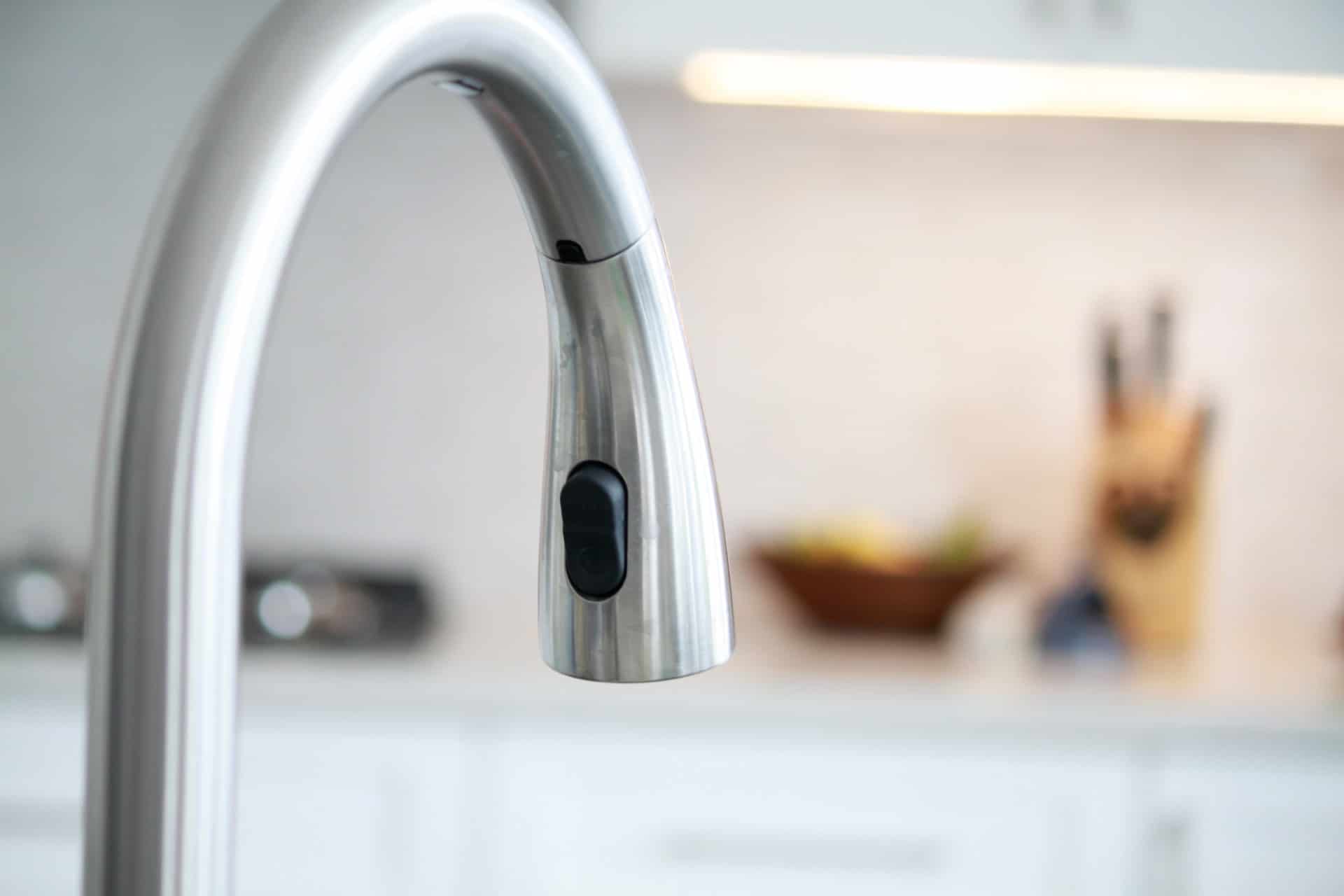
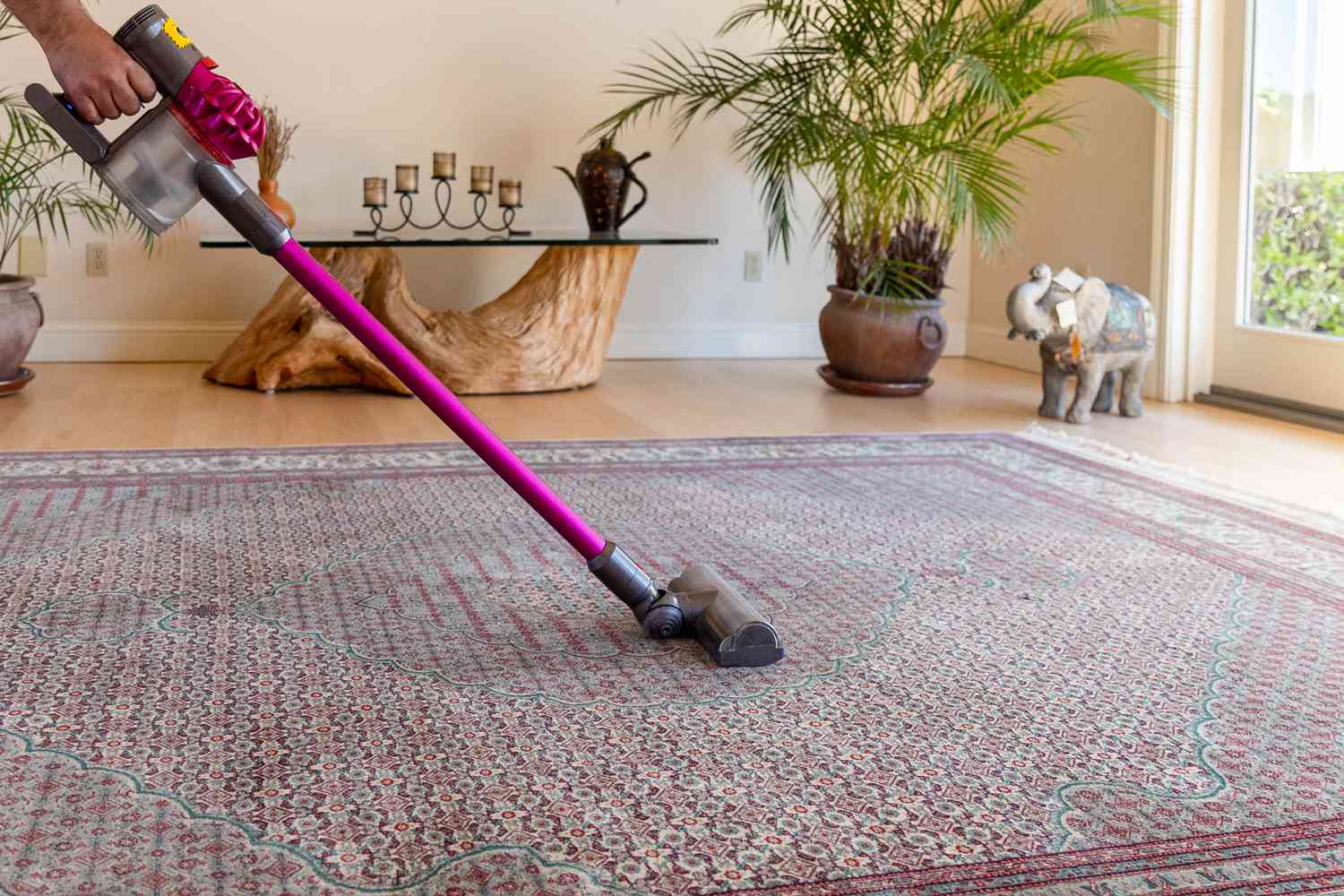


0 thoughts on “How To Choose A Bathtub: An Expert, 7-step Guide”